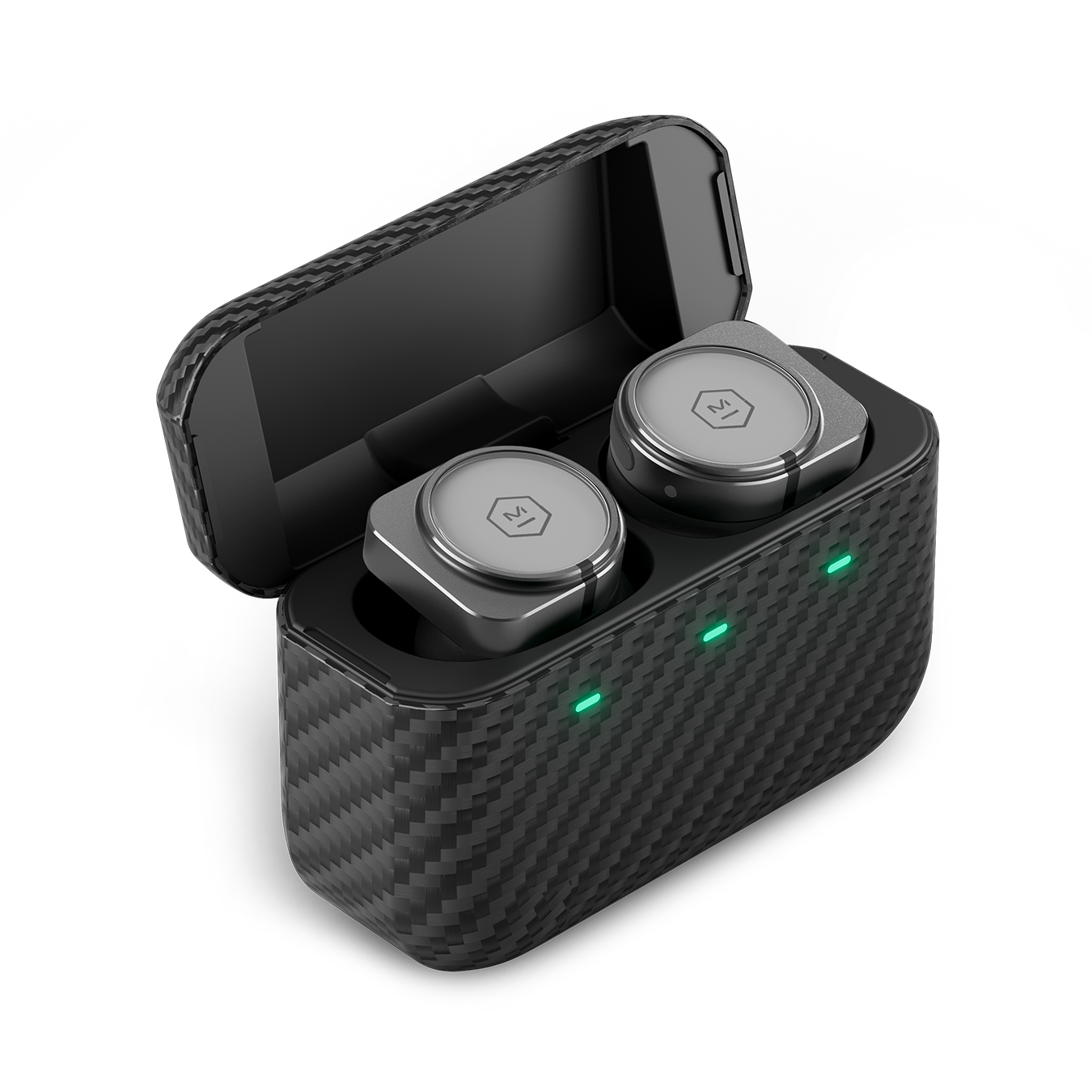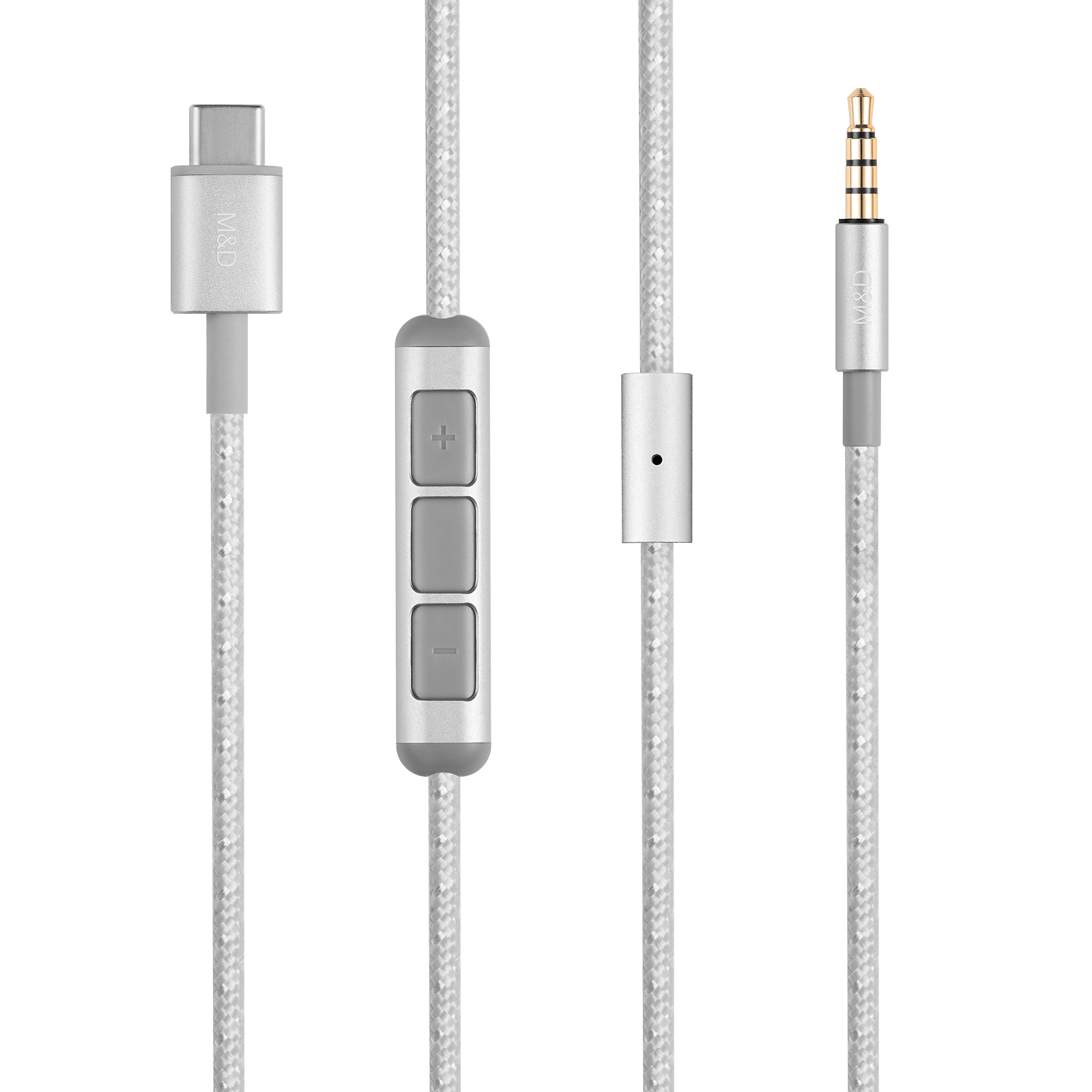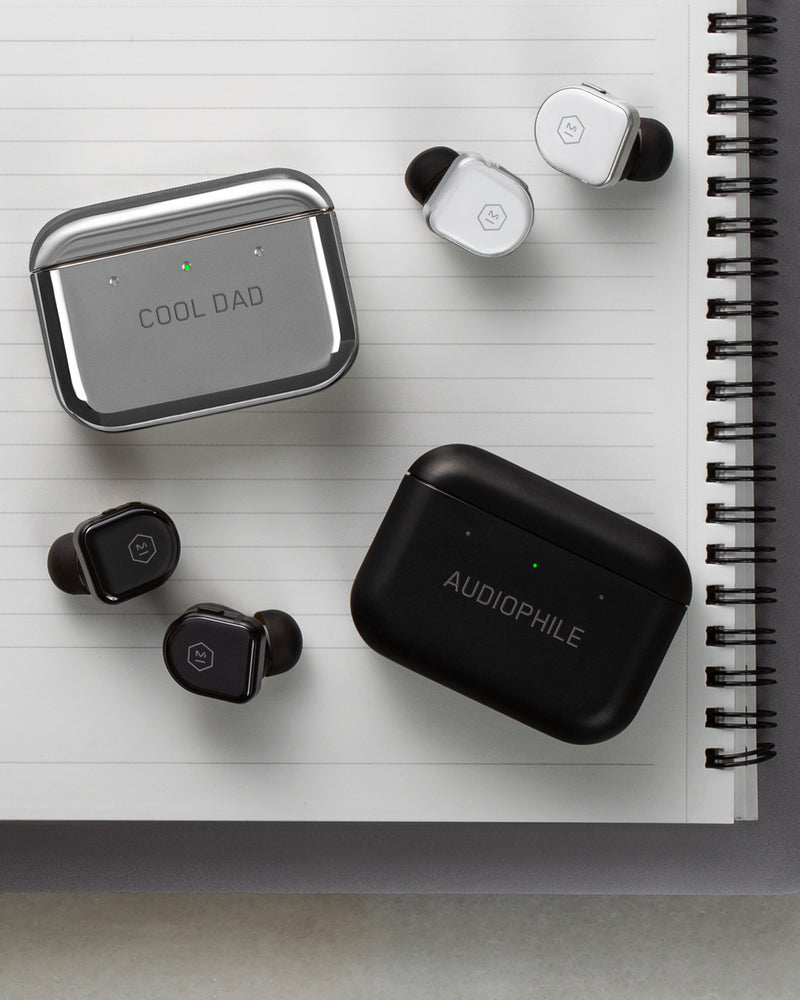Ever wonder what air pollution in Beijing or a seizure sounds like?
Artist, programmer and "joy evangelist" Brian Foo makes listening to data possible in his inventive new project, Data-Driven DJ. From "Air Play," which tracks three years of Beijing's air quality data, to "Rhapsody in Grey," which articulates the EEG brain wave data from a child's seizure, Foo's songs transform often overwhelming statistics into emotional musical experiences. While Foo has currently completed three songs, he plans to compose twelve, which will be released as a full-length album.
In order to learn more about his auditory art project, the 10,000 spoke with Foo at the New York Public Library where he works on the conception of Data-Driven DJ, his process and how he would like to affect listeners.

















